
Patios, Walkways & Driveways
We unite suppliers and green industry professionals worldwide
Cacao is a part of the Theobroma genus which translates to ‘food of the gods’ in Greek and it is the plant that produces cocoa seeds, from which chocolate is made.
By Victor Miller
|Published on September 05, 2025
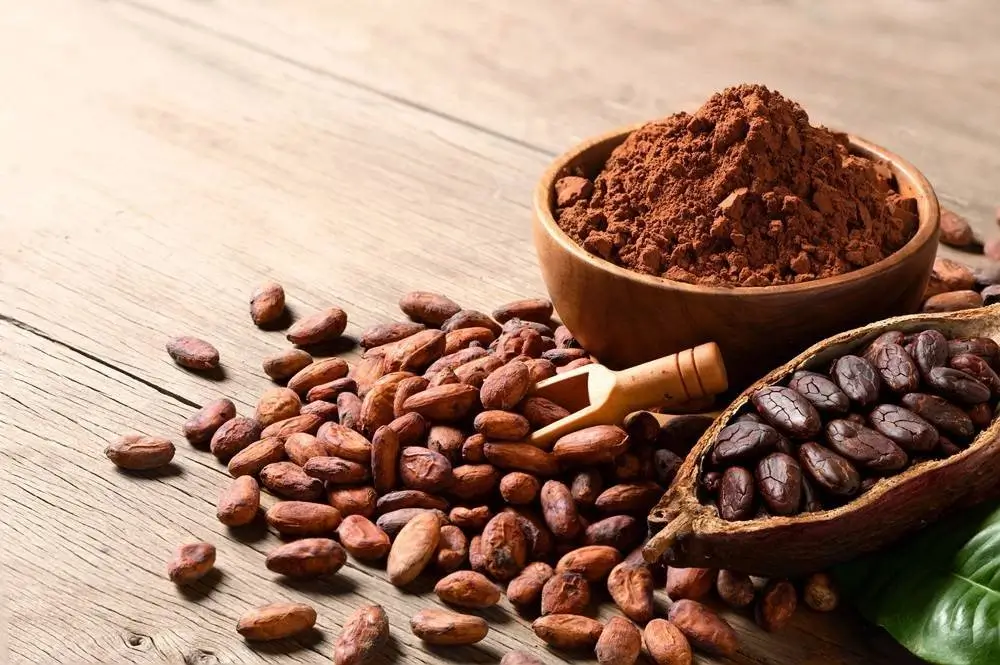

Cacao, also known as Theobroma cacao, is a tropical tree that is popular with many chocolate lovers. The seeds come from the large, colorful pods that grow on trees native to the rainforests of Central and South America. They form the essential ingredient behind one of the most popular treats in human history — chocolate.
The trees are small, evergreen and have broad leaves and flowers that grow directly from the trunk (cauliflory). Such flowers then create giant pods in the shape of a football, inside which the seeds lie. Growing cacao plants from seed, through germination and care of the trees, is complicated but so rewarding.
| Scientific Name | Theobroma cacao |
| Common Names | Cacao, cocoa, chocolate tree |
| Family | Malvaceae |
| Genus | Theobroma |
| Species | Theobroma cacao (the primary species used for seed production) |
| Cultivars | They come in different variations like Forastero, Criollo or Trinitario. Each cultivar has a particular flavor profile, resistance to different diseases, and growth habits. |

September 18, 2025
10 minute read
September 17, 2025
9 minute read
September 17, 2025
20 minute read
September 17, 2025
20 minute read


Join as a seller and connect with thousands of B2B buyers nationwide!
Sign Up

Cabbage Napa
Also known as the Chinese cabbage, Cabbage Napa is a long leafy vegetable which is also tender and trending centuries back to Asian cooking. These pale green leaves and crisp white stalks provide a mild, delicate sweetness that is delicious both in its ra
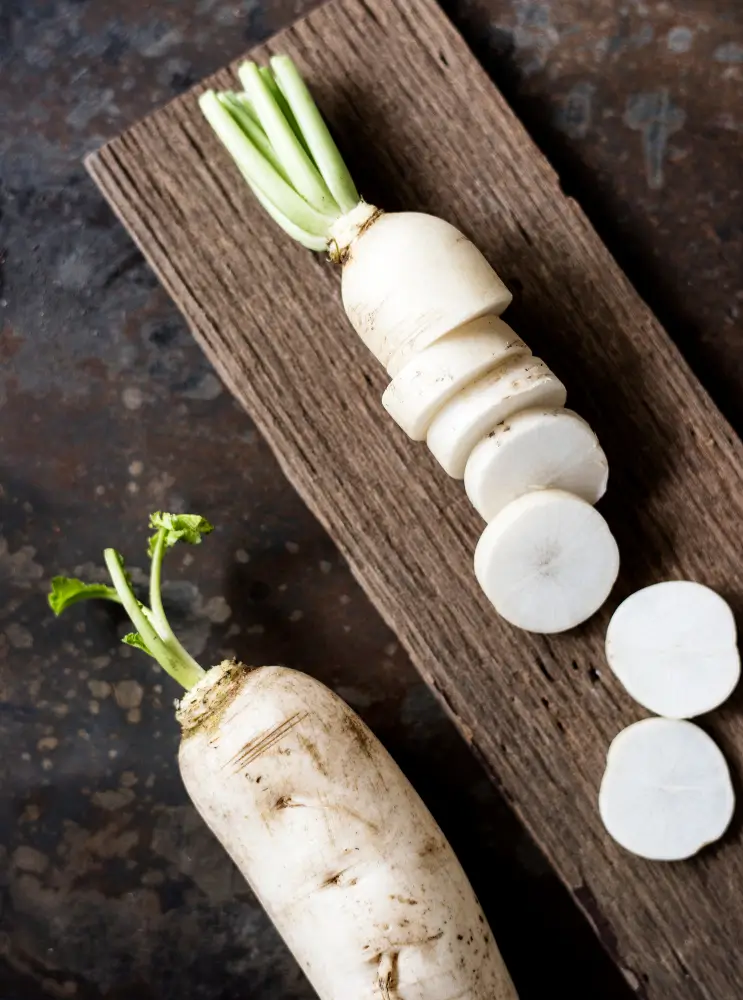
Daikon Radish
Daikon radish is a large white root vegetable used in a lot of Asian dishes. It has a subtle flavor; it is somewhat sweet and slightly peppery. This is one of the veggies that tastes sweet and crispy, juicy, and refreshing raw or cooked.
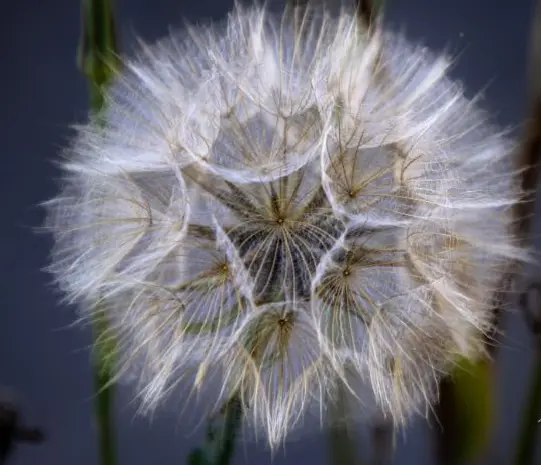
Dandelion Mammoth
The Dandelion Mammoth is the larger and stronger version of the common dandelion. It is liked by gardeners, herbalists, and farmers. The plant is loved by people because of its size and useful qualities. It is a perennial herb that would do well in most c

Dandelion
The dandelion, this cheerful yellow-flowered common wild plant, adorns hundreds of landscapes. It grows in lawns, fields, meadows, and even cracks of sidewalks; for it is extremely adaptable towards where it can grow.
Cacao trees are grown for their seeds, so understanding how to grow cacao and the characteristics of these tree types is important.
Cacao seeds have several important uses:
It grows in very specific temperature conditions, as cacao is a tropical plant.
Cacao seeds are oval-shaped, with a smooth surface that is slightly ridged. The seeds are contained in pods that are harvested from the cacao tree.
Germinating cacao seeds requires a combination of heat, moisture, and time:
When handled and stored correctly, cacao seeds have good viability:
Viability Testing: A simple test to check the vigor of the seeds is to put them in water for about 24 hours; healthy seeds will sink and the user should discard the floating ones that are older or damaged.
Cacao trees may be direct-seeded or planted from stem cuttings:
Cacao trees can suffer from a variety of pests and diseases but some are more resistant:
Prevention: Adopting good cultural practices such as observing proper spacing, regular pruning and maintaining a healthy growing environment can help reduce the incidence of disease.
Proper storage and handling of cacao seeds are essential for preserving their quality and ensuring successful cultivation:
The seeds of the cacao tree are the basis for making one of the most popular foods worldwide: chocolate. By adhering to the right conditions of growing, better germination practices, and appropriate storage of seeds, cacao trees will grow with minimal concerns whilst producing top-notch seeds that can be harvested for commercial or personal use. Cacao prefers warm, wet environments and requires tropical conditions to grow.
It usually takes a cacao seed to germinate around 2 to 8 weeks varying with the temperature and humidity.
Yes, cacao trees can be container-grown, especially in the young plants. Use a container with good drainage in a warm sunny spot.
Cacao trees are susceptible to pests such as cacao pod borers, aphids, mealybugs, and caterpillars. Regular pest control measures and inspections are necessary.

Patios, Walkways & Driveways
Victor Miller

Pest Identification & Prevention
Victor Miller
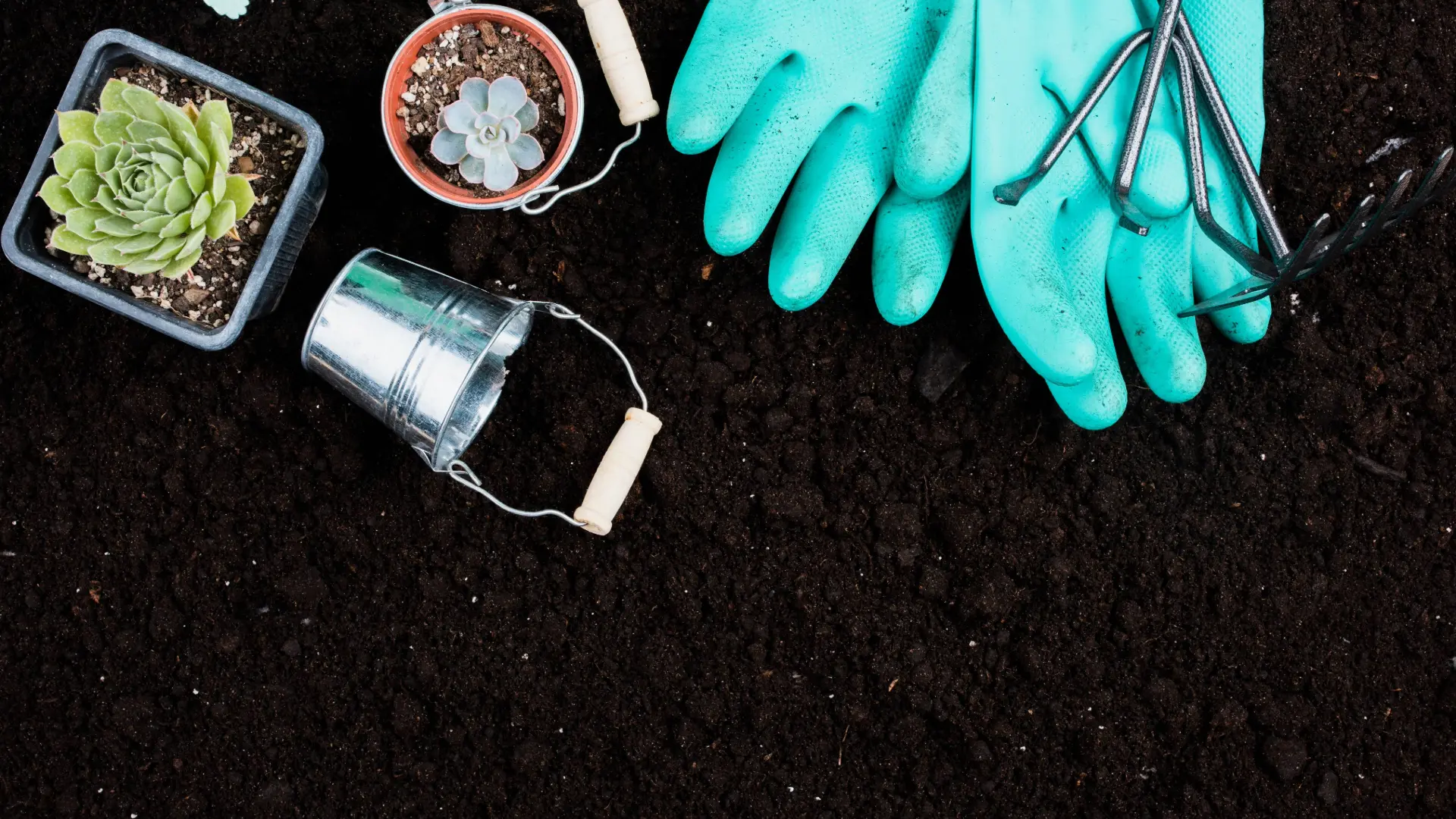
Soil Health & Fertilization
Gina Lazaarus
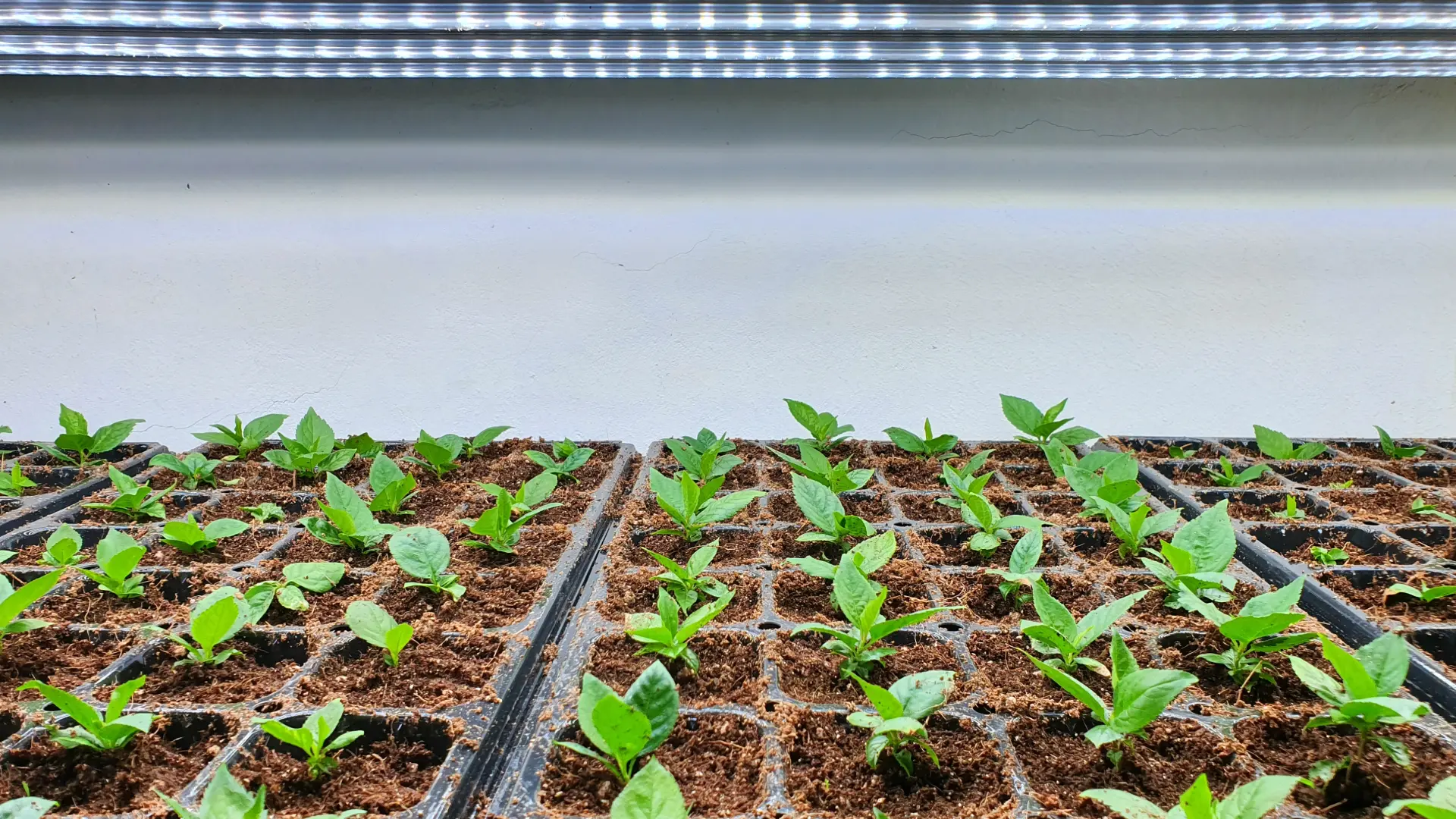
Lighting & Technique
Gina Lazaarus
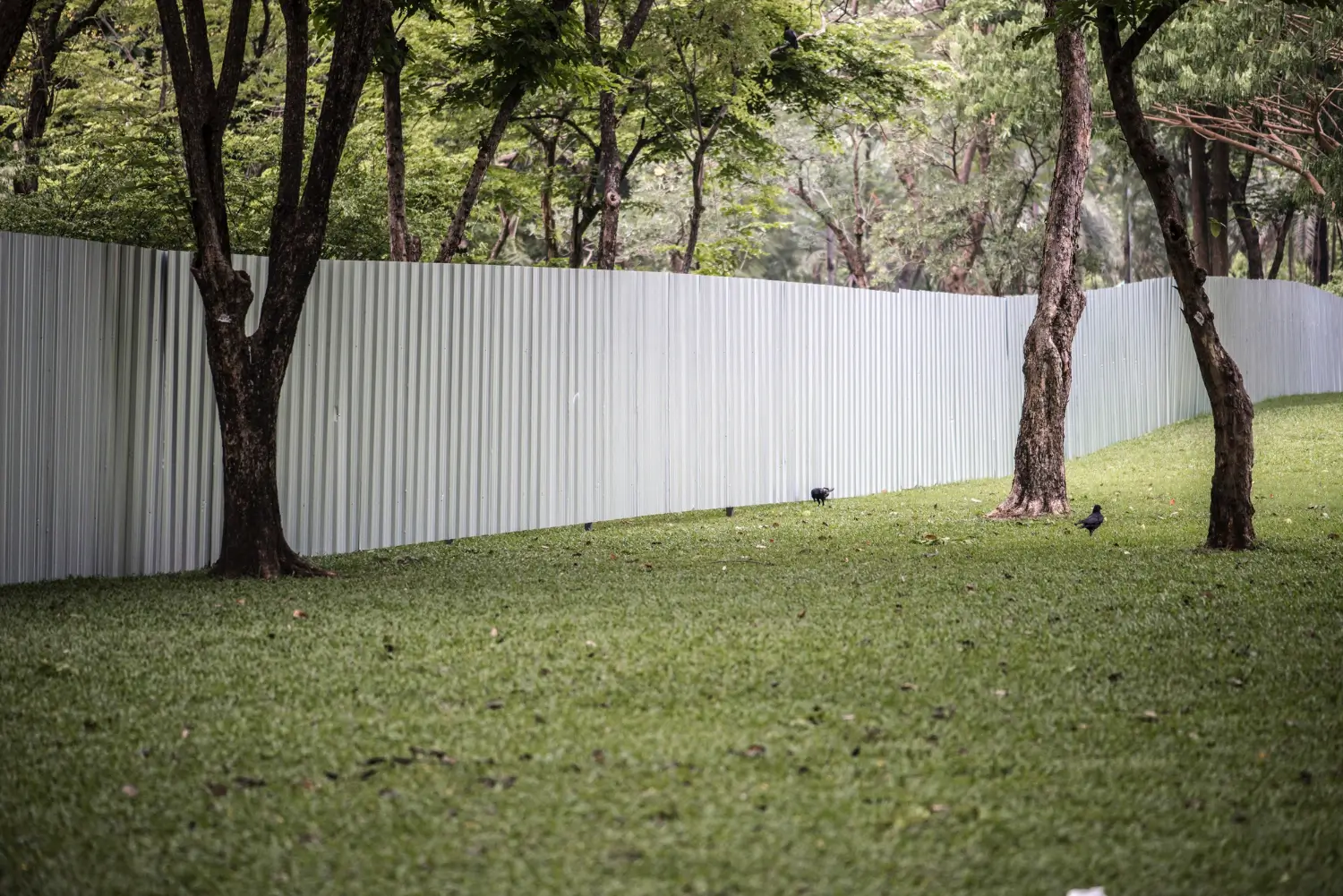
Construction Tips & Techniques
Victor Miller
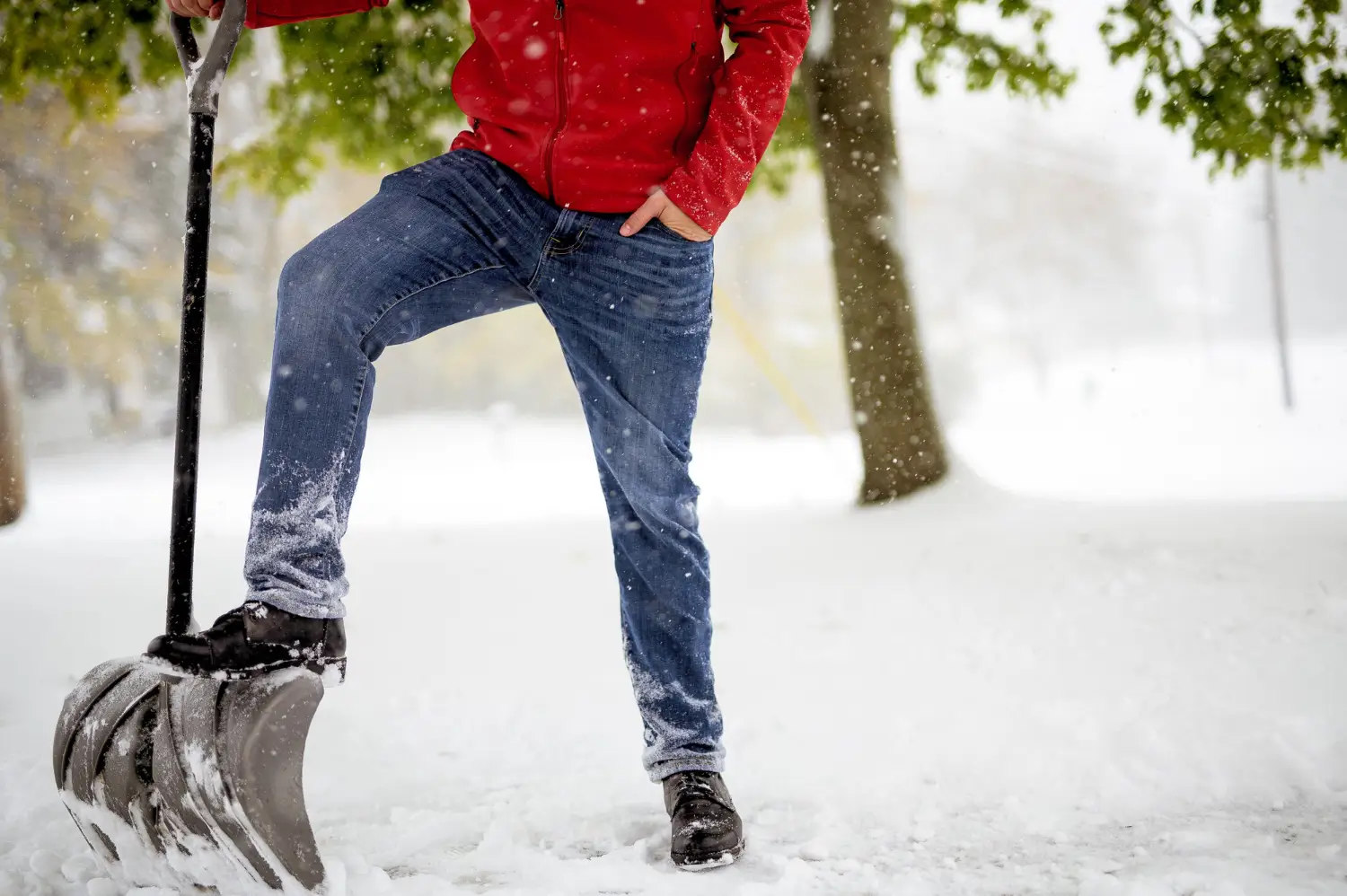
Maintenance & Equipment Tips
Victor Miller

Soil Health & Fertilization
Victor Miller

Organic Gardening
Gina Lazaarus
My Account
Our team is always here to help.
We are open Monday - Friday, 9:00 AM to 4:30 PM PST.